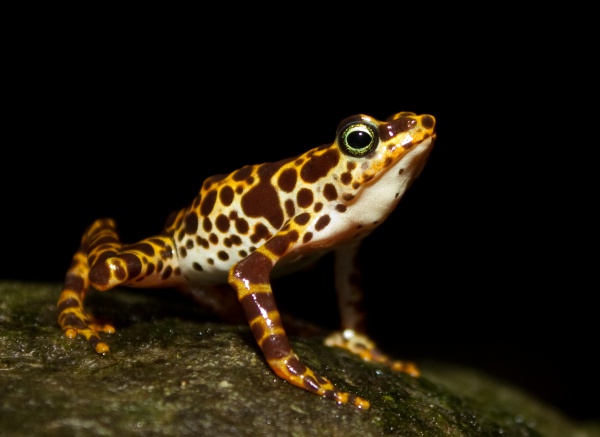Facts About Atelopus
Atelopus, commonly known as harlequin toads or stubfoot toads, comprises a captivating genus of small, brightly colored amphibians found in Central and South America, ranging from Costa Rica to Bolivia. These vibrant creatures are diurnal, active during daylight hours, and typically inhabit mid-to-high elevation streams.
Regrettably, many species within the Atelopus genus are either endangered or already extinct. The primary threats to their survival include habitat loss, pollution, and a lethal fungal infection caused by the chytrid fungus, Batrachochytrium dendrobatidis. Ecuador alone is home to 32 known species of Atelopus, many of which are critically endangered or have already vanished.
In response to these threats, conservationists have established captive breeding programs aimed at preserving some of these endangered species. Despite the significant challenges, there is a glimmer of hope: new Atelopus species continue to be discovered. For instance, in 2007, the subspecies Atelopus hoogmoedi nassaui, a purple fluorescent frog, was found in Suriname. This exciting discovery highlights the importance of ongoing conservation efforts to protect these extraordinary and invaluable amphibians.

 Peru
Peru